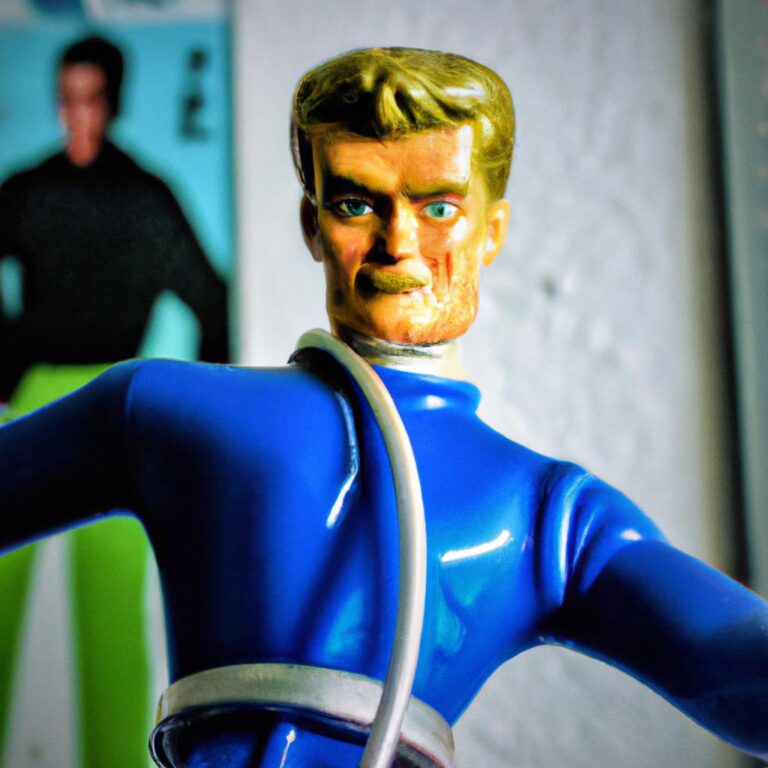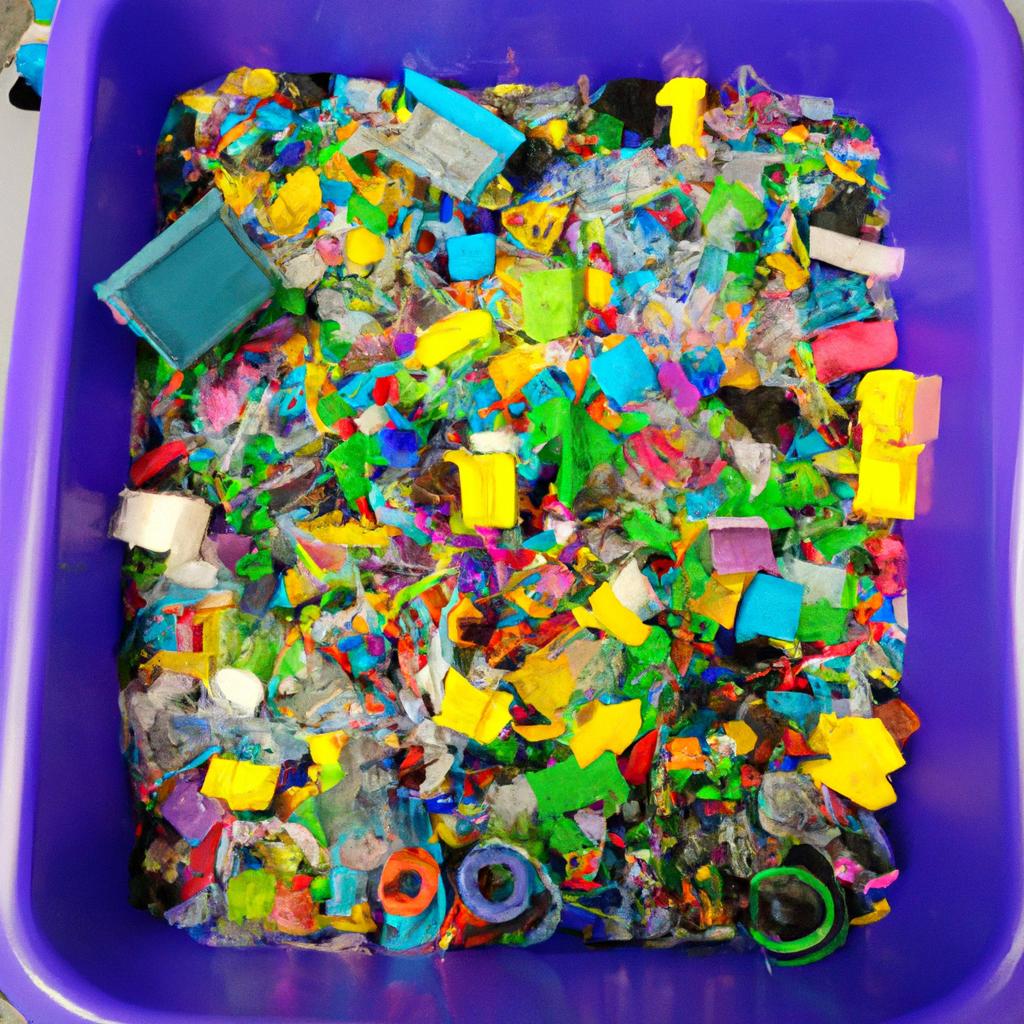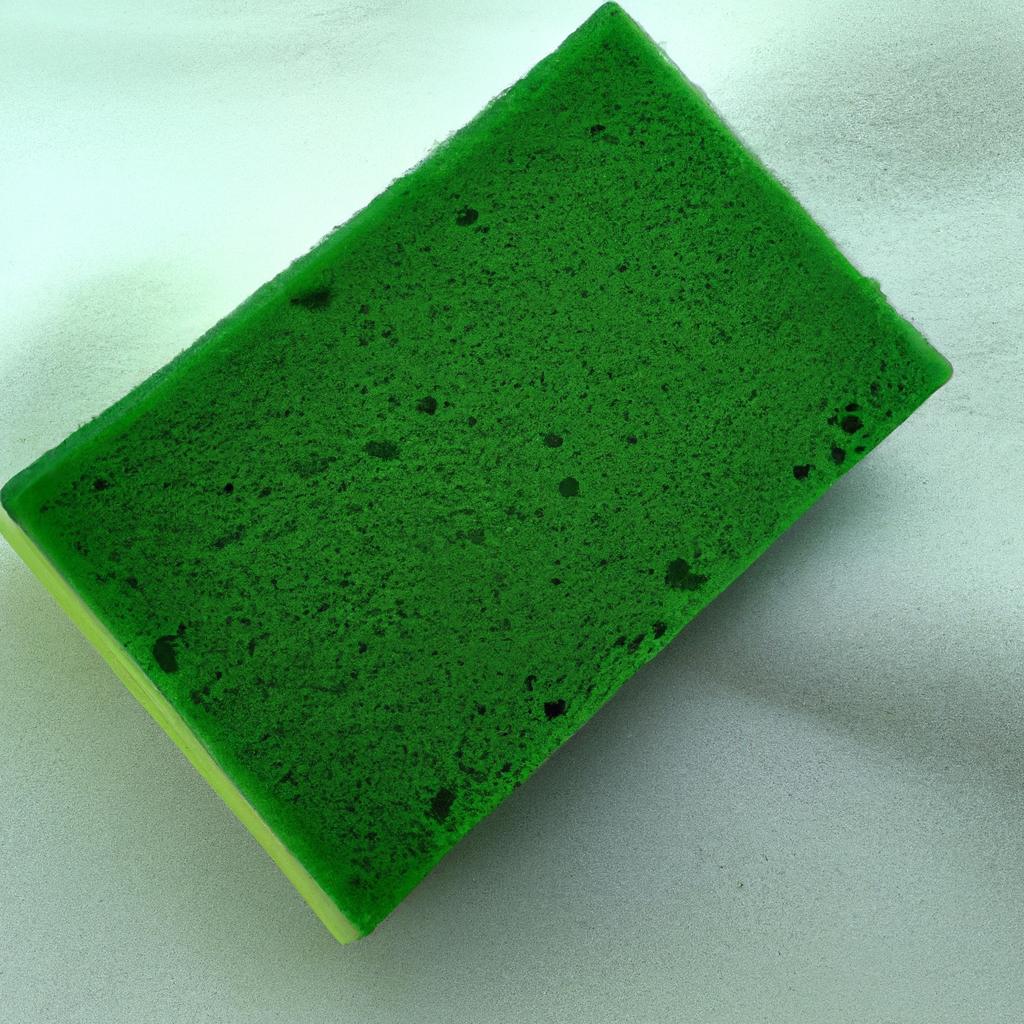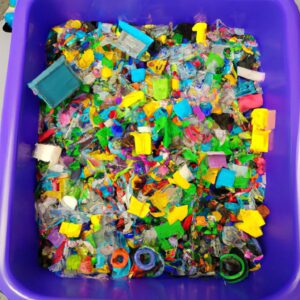Introduction
Collecting vintage and collectible toys is an exciting hobby that can bring joy and satisfaction to those who partake. These toys are often valuable, making them highly sought after items that can be kept in a collection for years to come. Additionally, preserving these vintage and collectible toys is important in order to maintain their value. This guide provides invaluable tips and information for collectors of all levels.
Vintage and collectible toys span many different genres and vary in age, rarity, and condition. Collectors have access to a wide range of choices, such as plush toys, antique dolls, model trains, and tin robots. As the collector’s knowledge and experience grow, they will be able to differentiate between authentic and replica items.
Overview of Collecting Vintage and Collectible Toys
Are you looking to start or expand your collection of vintage and collectible toys? These items can be valuable investments, so it’s important to know what kinds exist. Here is an overview of the kinds of vintage and collectible toys that you can find:
- Plush toys – from cute stuffed animals to classic teddy bears, plush toys come in a variety of shapes and sizes.
- Antique dolls – antique dolls, such as china head dolls, are highly sought after by collectors.
- Model trains – most model train collectors specialize in a certain type or scale of trains.
- Tin robots – these vintage robots, made out of tin, are often very rare and highly valuable.
These are just a few examples of the vast range of vintage and collectible toys out there. Whenever you are looking to start or expand your collection, make sure to research what types of toy are available so you can get the most out of your investments.
Building a Collection
Taking time to create the perfect collection is one of the most enjoyable parts of collecting vintage and collectible toys. There are two main approaches – building a collection over time or seeking out specific items.
If you’re starting from scratch, the best way to put together a collection is to start slowly. Start with one item – a small doll, car, or tin soldier – that catches your eye and then build on it. Look for similar pieces that complement the style and theme to create a cohesive collection.
Alternatively, you can focus on collecting a specific type of toy that interests you. This could range from a particular brand, character, or type of toy. Research the market, identify any rare or limited edition pieces, and keep an eye out for auctions that feature the type of toys you are looking for.
Finding Vintage and Collectible Toys
Collecting vintage and collectible toys can be a fun and rewarding pursuit. There are many different places to find that special item. Here, we’ll discuss the various places where collectors can find these collectibles and treasures.
- Auctions: These events are great ways to find interesting items. Auctions typically have a wide range of items, from the common to the rare and valuable.
- Flea Markets: Flea markets can be great places to find vintage and collectible toys. Take some time to explore, and you may just luck out and find a hidden gem.
- Thrift Stores: Thrift stores are great places to search for vintage and collectible toys. As with flea markets, take your time when browsing. You never know what treasures may lay hidden amongst the other items.
- Garage Sales: It can be worth your time to visit local garage sales. Sometimes, people are unaware of the value of certain items and are willing to part with them for a low cost.
- Online Venues: Online venues such as eBay or Etsy provide access to large inventories of vintage items. Be sure to research the seller thoroughly before making any purchases.
With due diligence and perseverance, collectors can find the perfect vintage and collectible toys for their collections.
Expanding Your Knowledge
Becoming an expert collector of vintage and collectible toys takes dedication and hard work. However, by taking the time to learn more about the items you are collecting, you can gain valuable knowledge that will help you make informed purchases and protect your investments.
One way to become an expert collector is to learn how to authenticate items. This includes being able to spot a replica or a reproduction from an original piece. You can also join collector clubs to stay up-to-date on the latest trends in the market, find out what rare items are worth, and gain access to resources not available to the public.
Attending conventions is also beneficial to collectors, as you can network with other collectors and hear guest speakers talk about current topics related to vintage and collectible toys. Taking advantage of online forums and meet-ups in your area can also be great sources of information.
Last but not least, getting appraisals of your collection is important to understand what it is worth and protect yourself against under or over-valuation. This also ensures you’re making smart investments and that your collection is properly insured.
Knowing Your Budgets
Setting a budget is an important part of collecting vintage and collectible toys. As with any hobby, it is essential to plan for the funds you will need to acquire the items that are meaningful to you. Here are some tips for staying within your budget when collecting vintage and collectible toys:
- Create a budget and stick to it. Try to decide in advance how much you are willing to spend on each item.
- Research the value of vintage and collectible toys before you buy them. This will help you ensure that you are getting a fair price.
- Don’t be tempted by outlier items that seem like bargains. While these can be enticing, they may not be worth the investment.
- Be patient and wait for the right pieces at the right price. Many collectors find great deals by waiting for the right time or the right sale.
- Look for ways to save money, such as buying used toys or buying in bulk.
By following these tips, you can stick to your budget and still find great vintage and collectible toys to add to your collection.
Proper Maintenance and Storage of Collectible Toys
Storing and maintaining your collectible toys is an important part of preserving their value. To ensure that vintage pieces remain in the best condition, it’s important to take precautions when storing and cleaning them. Here are some tips on how to make sure your collectible pieces stay in mint condition.
Storage
When it comes to storing your toys, there are some key things to keep in mind. Where you keep your items can have a big impact on their condition. If possible, store them in a cool, dry place with minimal exposure to light. Temperature and humidity are important considerations, too. Excessive heat or humidity can damage your toys and cause them to fade or warp over time.
It’s also important to make sure that your toys are stored separately. Avoid stacking them or storing them together with other items. This can create a risk of scratching, breaking or otherwise damaging the pieces. Invest in airtight containers if possible, as this will help protect your toys from dust and moisture.
Cleaning
Cleaning vintage toys can be tricky, as certain materials may be fragile. Some of the most common materials used in vintage toys include plastic, fabric, paper, and metal. It’s important to use the right cleaning products and techniques for each material to avoid damaging them.
- Plastic: Use mild soap and water to clean plastic toys, using a soft cloth. Rubbing alcohol can be used on tougher stains. Never use abrasive cleaners or scouring pads.
- Fabric: Spot clean fabric with a mild soap and warm water. Never submerge fabric items in water as this can cause them to shrink and discolor.
- Paper: Clean paper items with a damp cloth and a small amount of mild soap. Never immerse paper in water!
- Metal: Metal items can be cleaned with soap and water, and polished with a dry cloth.
By following these simple guidelines, you can keep your vintage and collectible toys looking pristine for years to come.
Building A Long-Term Vision
As a collector of vintage and collectible toys, it is important to have a long-term vision. Investing in rare pieces can help you maximize the return on your investment. It’s also important to leverage expertise as you make decisions about what items to buy and which ones to avoid. Utilizing resources, such as market reports, antique dealers, and collectors’ forums can help you make informed decisions.
Evaluating values and trends of specific toy lines and collecting categories can help you determine which pieces will retain their value or increase in value over time. Additionally, researching the history of the particular toy line you are interested in can give you added context to inform your decisions.
Creating a vision for your collection can also help you stay focused and motivated. Whether your goal is to acquire pieces for a personal collection or to build a profitable venture, having a plan can help you achieve success.
Protecting Your Collection
It is always important to protect your collection of vintage and collectible toys – after all, it’s a valuable investment! To protect your collection, you need to insure your items in case of theft, damage, or loss. Additionally, it is recommended that you keep your collection in a secure location, preferably with good security measures in place. Keeping accurate records of your collection is also essential; keep detailed notes on each item, including photos, descriptions, prices, and any relevant documentation.
Finally, make sure the information about your collection is kept private. Don’t share too much information publicly and keep an eye out for potential scams. With these measures in place, you can rest assured that your collection is safe and secure.
Conclusion
Collecting vintage and collectible toys can be a rewarding experience, especially when done properly. Aspiring collectors must learn the basics of collecting and caring for these items in order to ensure a successful and enjoyable experience. With a little research and effort, collectors can discover and acquire pieces that will increase in value over time.
This guide has outlined several tips and strategies for finding and preserving vintage and collectible toys. Beginners should start by learning as much as possible about the hobby and building their collections slowly over time. Experienced collectors should continue to stay informed and expand their knowledge in order to get the most out of their collections.
It is our hope that this guide has provided helpful advice for collectors of vintage and collectible toys. With the right techniques and information, you can jumpstart your collection and enjoy it for years to come!
Tips and Tricks for Collectors
Collecting vintage and collectible toys can be a rewarding and fulfilling experience. By following these tips and tricks, collectors can get the most out of their hobby and ensure their collection is well-preserved and protected.
- Always conduct research before buying any item. Learn as much as you can about an item and its value before making a purchase.
- Join collector clubs and attend conventions to network with other collectors and expand your knowledge.
- Keep records and a list of your collection. Document each item’s condition and make sure you have photos or scans of receipts of purchase.
- Know the price of pieces you are looking for – and the price to pay for them. Be aware of overpriced items.
- Treat your collection with care. Always wash your hands before handling items, and store them in a cool, dry place.
- Make sure to keep all original packaging and attachments, if available, to increase the value of these pieces.
- Take advantage of networking opportunities such as online forums and marketplaces to find buyers and sellers.
By following these tips, collectors of vintage and collectible toys can build up a valuable and long-lasting collection.
References and Sources
For collectors who want to further their research and knowledge, there are a variety of reliable sources to turn to. These can include books, magazines, online forums, auction houses, and other websites. Here are some examples:
- Antique Toy World Magazine – A monthly periodical with articles about collecting vintage toys.
- Old Toy Soldier Magazine – A publication dedicated to antique toy soldiers.
- Collectors Weekly – An online forum for finding valuable resources and networking with other collectors.
- Price Guide for Diecast Collectors – A popular guide for die-cast toy car enthusiasts.
- The Toy Society – An online community for toy collectors with resources, news, and events.
- eBay – An online auction site that allows users to buy and sell vintage and collectible toys.
When looking for sources, it is also important to remember to always check for reliable information so that your collections are as accurate as possible.
comments: 0





